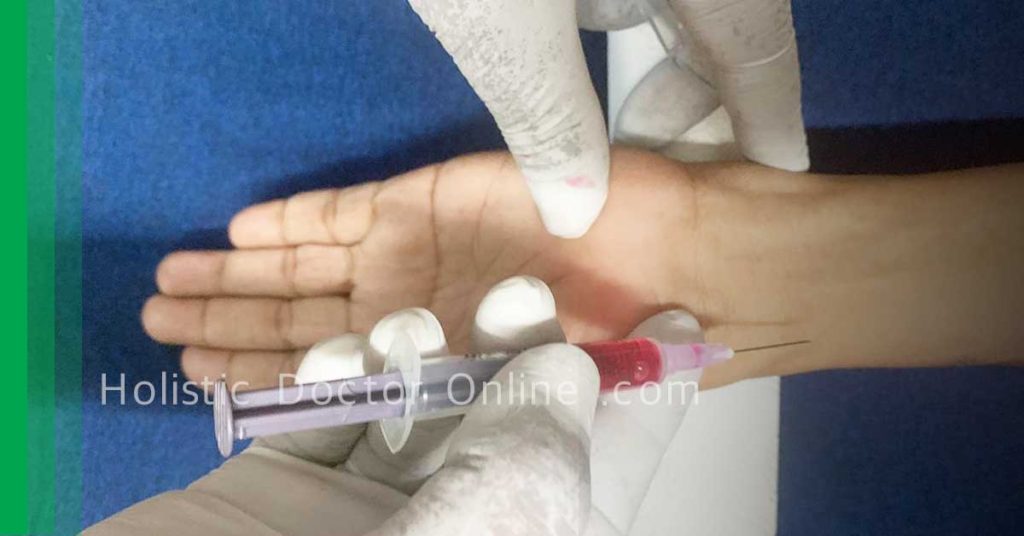

What is meant by Arterial Blood Gas analysis?
An arterial blood gas analysis is a procedure (test) that is performed to measure oxygen, carbon dioxide and acid/base status (pH) in arterial blood.
What are the terms used in Arterial blood Gas analysis?
- PaCO2: ( ventilation ) partial pressure of carbon dioxide
- PaO2:(oxygenation) partial pressure of oxygen
- HCO3: ( metabolism ) bicarbonate
- SaO2 : Oxygen saturation
- pH : ACID/BASE balance
Why Arterial Blood Gas test is done?
Arterial Blood Gas analysis is done in critically ill patients to assess the need for mechanical ventilation.
- Arterial Blood gas analysis is done for the patients under mechanical ventilation in order to check and review the oxygenation status of the patient and provide further treatment according to the defects.
- To give anesthetic fitness in patients who cannot perform spirometry or PEFR.
- In the case of thoracic trauma or any other open heart surgeries to find out whether ventilator is required or not.
- Sudden difficulty in breathing (dyspnoea)
- Cyanosis (bluish discoloration of finger tips, lips &tongue)
- Sudden tachypnea (increase in respiratory rate)
- Shock and sepsis
- In patient with respiratory disease, ABG analysis provides information about lung ventilation.
- In patient with metabolic disease and selected drug overdose are at risk for acid base abnormalities, diagnosed through pH, PCO2 and HCO3 levels.
What are the contraindications for ABG Testing?
- If the patient has inadequate collateral circulation at puncture site
- Infection or any other lesions at the site of puncture
- Burns over the site
- Coagulopathy (problem in blood clotting)
- Arteriovenous fistula (abnormal connection between artery and vein)
- Peripheral vascular disease at the artery site.
- Patients taking anti coagulants.
What are the complication of ABG analysis?
- Hematoma
- Hemorrhage
- Numbness of hand
- Infection
- Air embolism
- Thrombus embolism
HOW TO PERFORM ABG TEST?
- FIRST STEP: Prepare the equipments that are required for the procedure.
- SECOND STEP: Make the patient comfortable and explain the procedure
- THIRD STEP: Perform Allen’s test, before starting the procedure.
What are the Equipments required?
- Syringes
- 22 -23 gauge needle
- Alcohol swab
- Heparin
- Cotton
- Gloves
- Gauze pad
Which is the common site from where blood is collected?
- Radial artery: It is the most common site because of the presence of collateral circulation and easy to access. The complications like bleeding and hematoma formation can easily noted.
- Brachial artery
- Femoral artery
- Dorsalis pedis artery
- Posterior tibial artery
What is Allen’s test?
Allen’s test is done to ensure that there is good collateral circulation available from ulnar artery, if radial artery is damaged during the procedure.
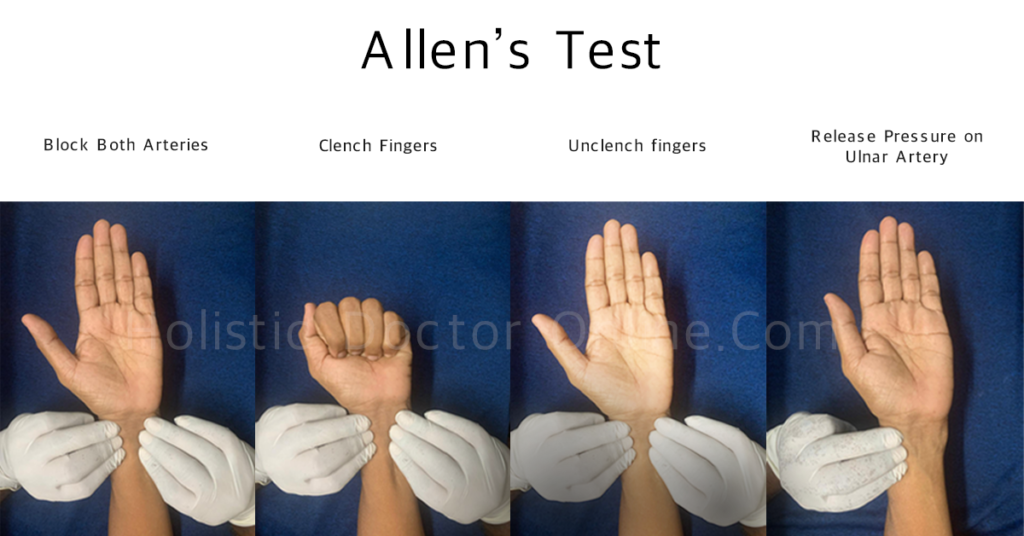
How to perform Allen’ s test?
- Make sure that you wash your hand and wear gloves before doing the procedure.
- Introduce yourself and explain the procedure that is going to be done for the patient and make them comfortable.
- Make sure that you obtain the consent from the patient.
- To perform Allen’s test, first instruct the patient to close their hand tightly and the therapist should compress both the radial and ulnar artery.
- Later the patient is instructed to open his /her hand as the therapist releases the pressure on the ulnar artery.
- The hand should turn to pinkish color within 10 to 15 seconds, if it is so then there is good collateral circulation and you can perform the test
- If the color is not restored within 10 to 15 seconds then that means there is no collateral circulation and should avoid the test in that hand and start performing the test on the opposite hand.
Procedure
- After performing the Allen’s test
- Place a folded towel or a bottle under the patients wrist, so that it keeps the wrist hyper extended
- Clean the site using an alcohol swab
- Attach the needle to the heparinised syringe
- Feel the pulse of the radial artery with your index and the middle finger.
- Once you start feeling the pulse, fix the artery and Insert the needle at 45 degree angle to the skin, advance the needle in to the artery until the blood flushes into the syringe.
- The arterial pressure will cause the blood to fill the syringe.
- Remove the needle slowly; a gauze pad or cotton should be applied with pressure over the puncture site for at least 5 minutes.
- Cap the syringe safely and make sure to push the air out.
- And send the sample immediately for analysis
- Remove the gloves and dispose it and thank the patient.
How the ABG results are interpreted?
Normal Values:
pH: 7.35 to 7.45 and absolute normal pH is 7.4.
PaCO2: 35 to 45 mmHg.
HCO3: 22 to 28 m mol/L.
PaO2 : 80 to 100 mm Hg.
SaO2 : 95 to 100%
How to determine whether it is acidosis or alkalosis?
Acidosis:
When pH is decreased, (less than 7.35)
When PaCO2 is increased (more than 45 mm Hg),
When HCO3 is decreased (less than 22 m mol/L)
Alkalosis:
When pH is increased (greater than 7.45)
When PaCO2 is decreased (less than 35 mm Hg)
When HCO3 is increased (more than28 m mol/L)
How to determine whether the acidosis/ alkalosis is due to respiratory or metabolic cause?
Think of ROME to know whether the cause is respiratory or metabolic.
RO: Respiratory opposite- in respiratory acidosis or alkalosis, the pH and PaCO2 values move in the opposite direction.
ME: Metabolic Equal – in metabolic acidosis or alkalosis, the pH and PaCO2 values move in the same direction.

What is meant by compensation?
When the chemo receptors in our body senses the change in pH, our body tries to compensate (correct and balance) it by adjusting the rate and depth of respiration or by making the kidney to adjust H+ secretion and re absorption of bicarbonate.
Example: When respiratory acidosis (low pH with high PaCO2) develops the kidneys try to compensate it by increasing bicarbonate re absorption and increase carbonic acid excretion.



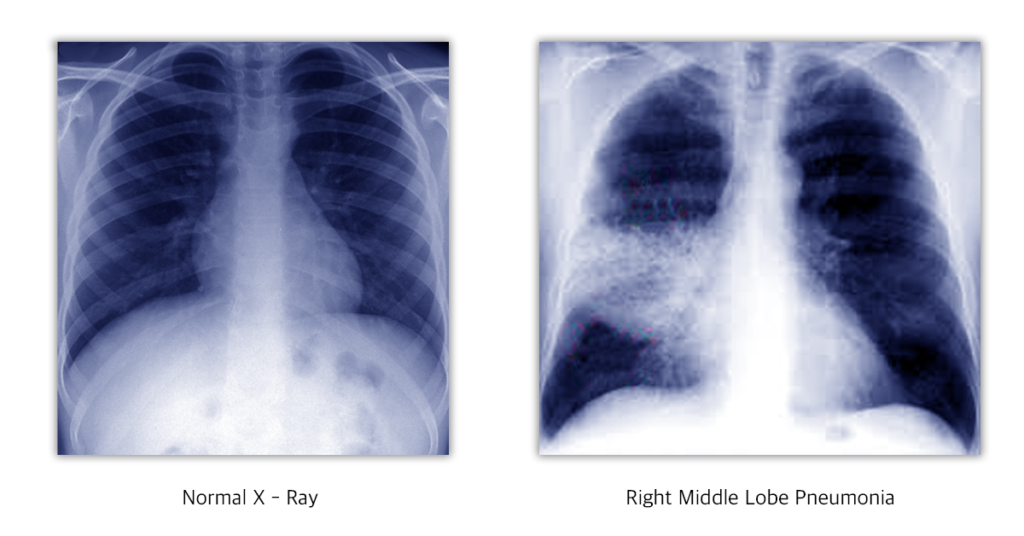

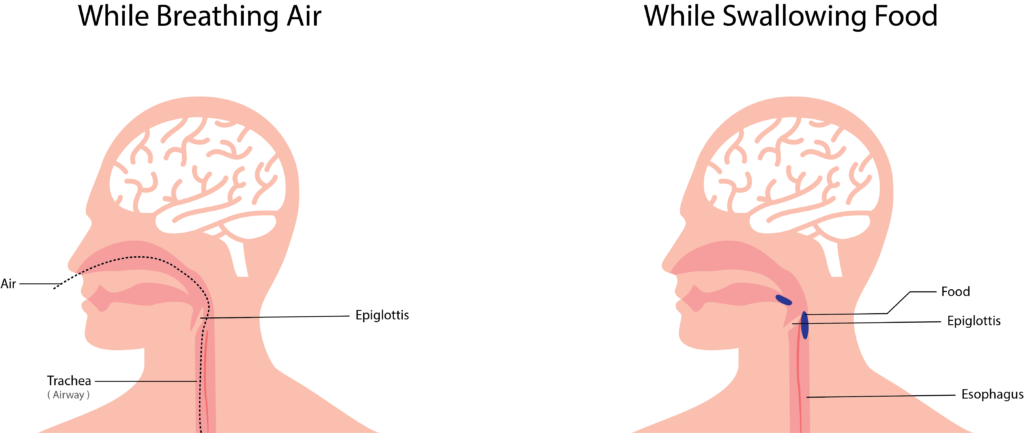
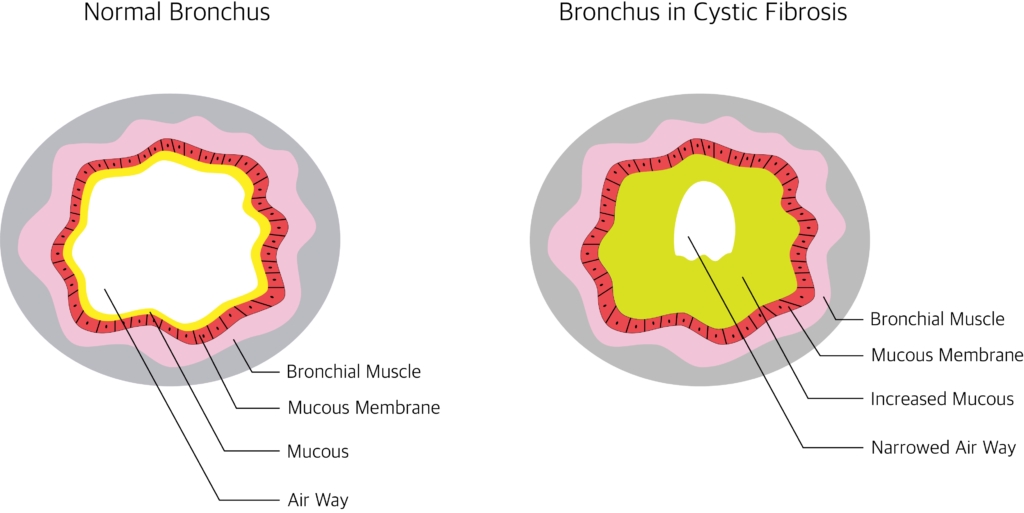


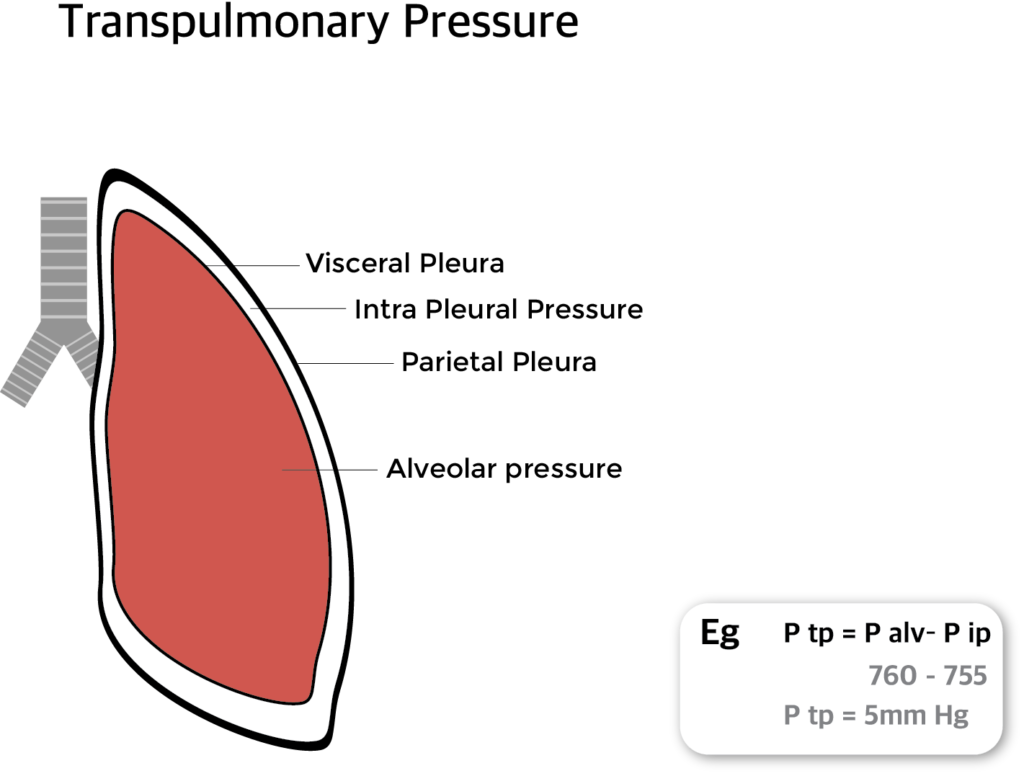
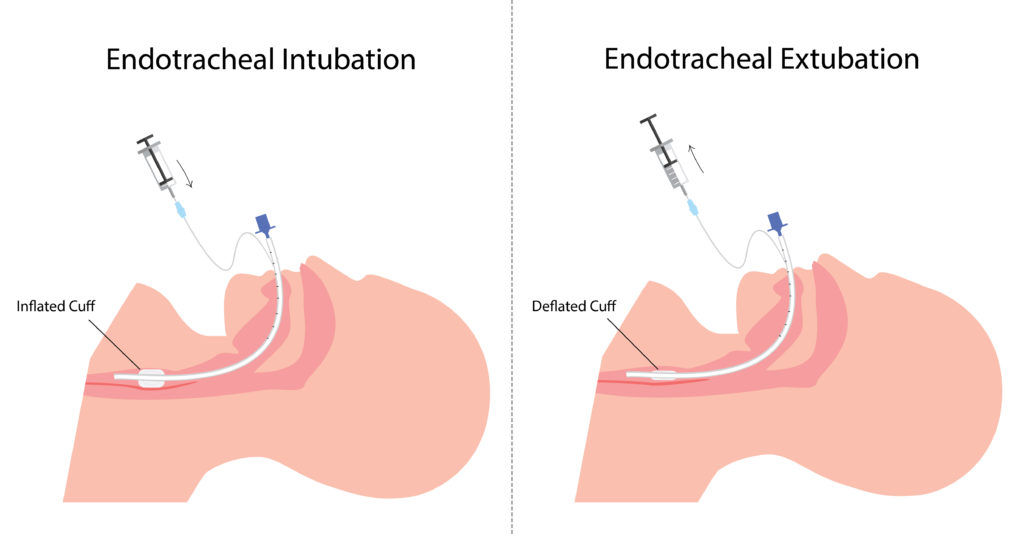
Well done 👏👏